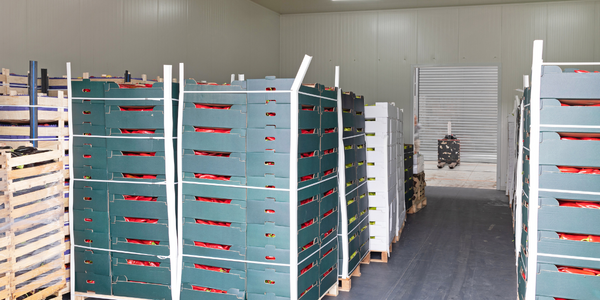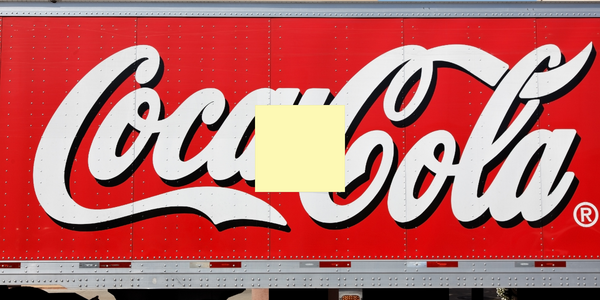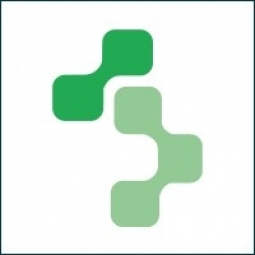Applicable Industries
- Food & Beverage
- Life Sciences
Applicable Functions
- Logistics & Transportation
Use Cases
- Onsite Human Safety Management
- Supply Chain Visibility
About The Customer
SecureFeed is an impartial organization that spans the entire Dutch animal feed industry, with over 400 Dutch animal feed companies under its umbrella. The organization monitors more than 600 products and 1250 suppliers every year, resulting in more than 125,000 analytical results. SecureFeed's mission is to ensure the safety and quality of compound feed by connecting the supply chain, which includes suppliers of raw material, producers, and farmers.
The Challenge
The safety of meat, dairy, and eggs begins at the farm level, with animal feed playing a significant role. The supply chain of compound feed involves suppliers of raw material, producers, and farmers. SecureFeed was established to ensure the safety and quality of compound feed. However, the compound feed sector has a complex structure with many different stakeholders, making it challenging to manage and collect data. This complexity is also seen in other industries such as pork, beef, fruit, vegetable, and horticulture. The challenge was to connect these supply chains and ensure transparency throughout the sector while responding rapidly to any issues.
The Solution
SecureFeed adopted the ChainPoint software, built on proven technology, to fit their specific needs. The software was adapted and configured for SecureFeed, a process that ChainPoint undertakes for all its customers. The SecureFeed solution features risk assessment of feed material, supplier assessment, producer assessment, and information sharing via alerts and warnings. Because the ChainPoint software is flexible, scalable, and adaptable, it can be used in other sectors with complex structures. The technology is already being used in the pork, beef, fruit, vegetable, and horticulture industries, greatly simplifying the management and collection of data in these sectors and enabling the supply chain to respond rapidly while ensuring transparency.
Operational Impact
Quantitative Benefit

Case Study missing?
Start adding your own!
Register with your work email and create a new case study profile for your business.
Related Case Studies.

Case Study
The Kellogg Company
Kellogg keeps a close eye on its trade spend, analyzing large volumes of data and running complex simulations to predict which promotional activities will be the most effective. Kellogg needed to decrease the trade spend but its traditional relational database on premises could not keep up with the pace of demand.

Case Study
HEINEKEN Uses the Cloud to Reach 10.5 Million Consumers
For 2012 campaign, the Bond promotion, it planned to launch the campaign at the same time everywhere on the planet. That created unprecedented challenges for HEINEKEN—nowhere more so than in its technology operation. The primary digital content for the campaign was a 100-megabyte movie that had to play flawlessly for millions of viewers worldwide. After all, Bond never fails. No one was going to tolerate a technology failure that might bruise his brand.Previously, HEINEKEN had supported digital media at its outsourced datacenter. But that datacenter lacked the computing resources HEINEKEN needed, and building them—especially to support peak traffic that would total millions of simultaneous hits—would have been both time-consuming and expensive. Nor would it have provided the geographic reach that HEINEKEN needed to minimize latency worldwide.

Case Study
Energy Management System at Sugar Industry
The company wanted to use the information from the system to claim under the renewable energy certificate scheme. The benefit to the company under the renewable energy certificates is Rs 75 million a year. To enable the above, an end-to-end solution for load monitoring, consumption monitoring, online data monitoring, automatic meter data acquisition which can be exported to SAP and other applications is required.

Case Study
Coca Cola Swaziland Conco Case Study
Coco Cola Swaziland, South Africa would like to find a solution that would enable the following results: - Reduce energy consumption by 20% in one year. - Formulate a series of strategic initiatives that would enlist the commitment of corporate management and create employee awareness while helping meet departmental targets and investing in tools that assist with energy management. - Formulate a series of tactical initiatives that would optimize energy usage on the shop floor. These would include charging forklifts and running cold rooms only during off-peak periods, running the dust extractors only during working hours and basing lights and air-conditioning on someone’s presence. - Increase visibility into the factory and other processes. - Enable limited, non-intrusive control functions for certain processes.

Case Study
Temperature Monitoring for Restaurant Food Storage
When it came to implementing a solution, Mr. Nesbitt had an idea of what functionality that he wanted. Although not mandated by Health Canada, Mr. Nesbitt wanted to ensure quality control issues met the highest possible standards as part of his commitment to top-of-class food services. This wish list included an easy-to use temperature-monitoring system that could provide a visible display of the temperatures of all of his refrigerators and freezers, including historical information so that he could review the performance of his equipment. It also had to provide alert notification (but email alerts and SMS text message alerts) to alert key staff in the event that a cooling system was exceeding pre-set warning limits.

Case Study
Coca-Cola Refreshments, U.S.
Coca-Cola Refreshments owns and manages Coca-Cola branded refrigerators in retail establishments. Legacy systems were used to locate equipment information by logging onto multiple servers which took up to 8 hours to update information on 30-40 units. The company had no overall visibility into equipment status or maintenance history.







